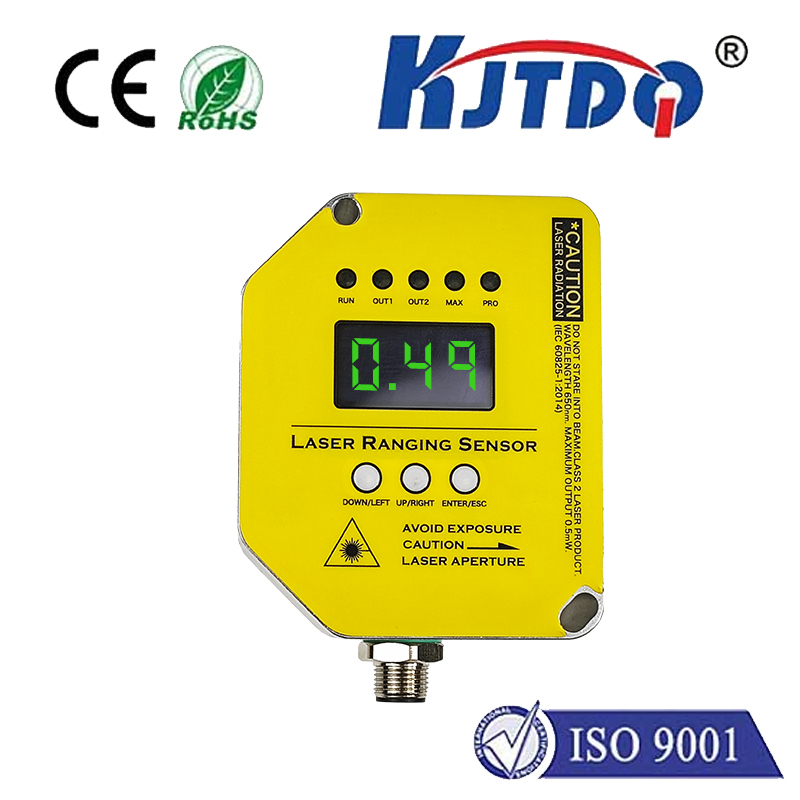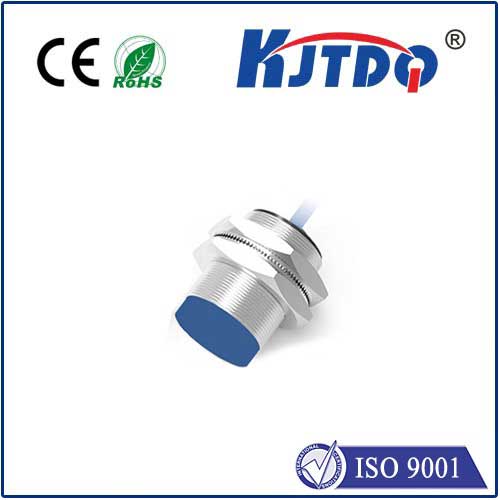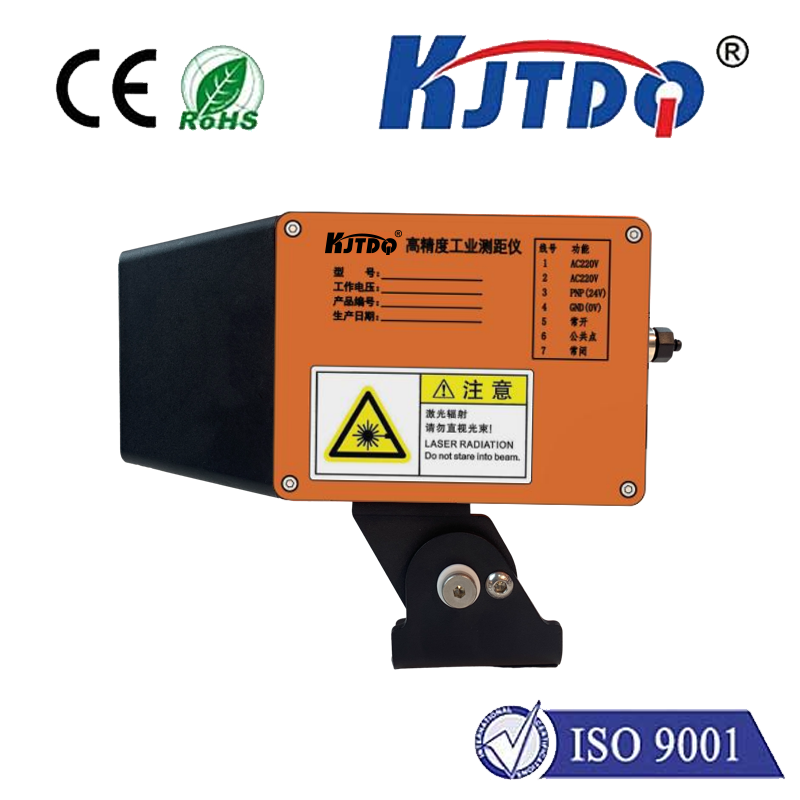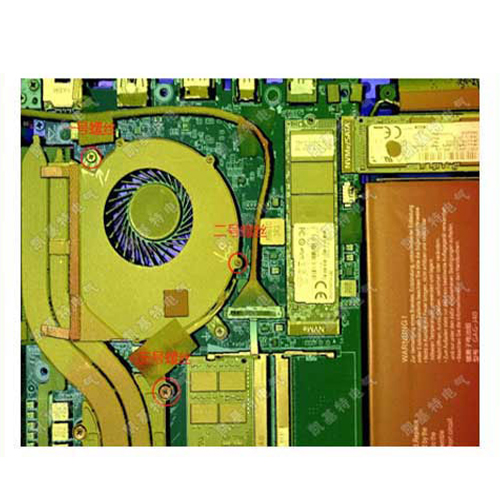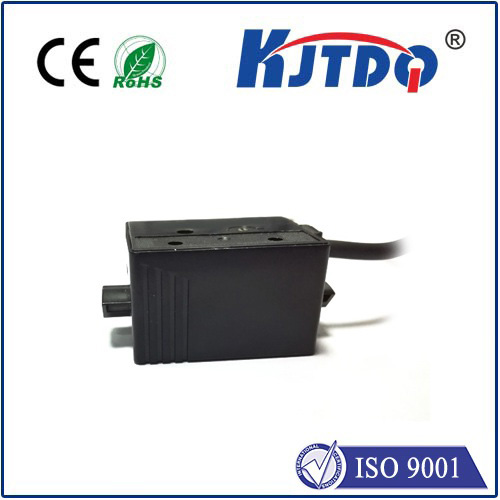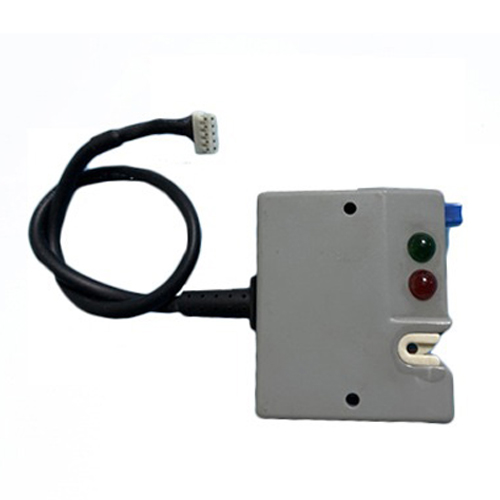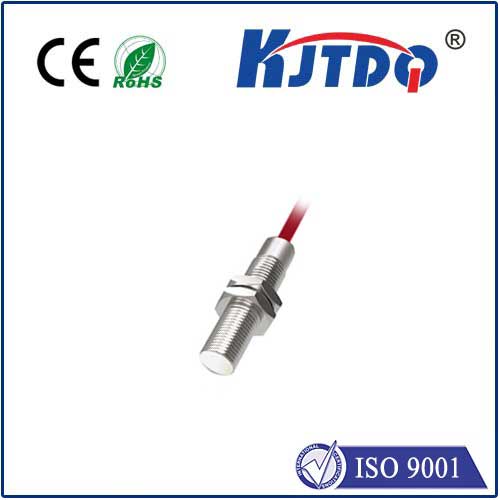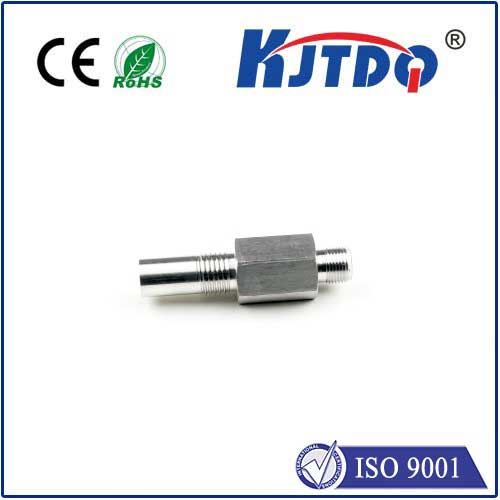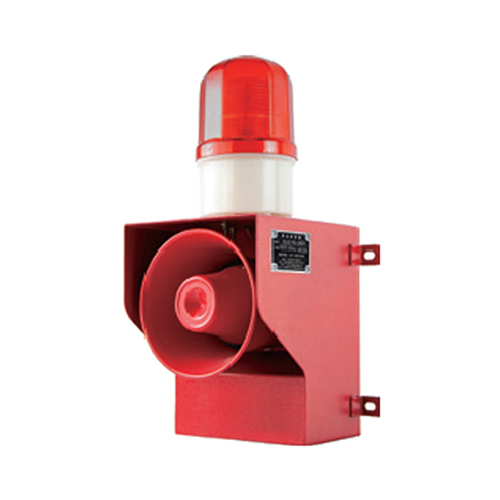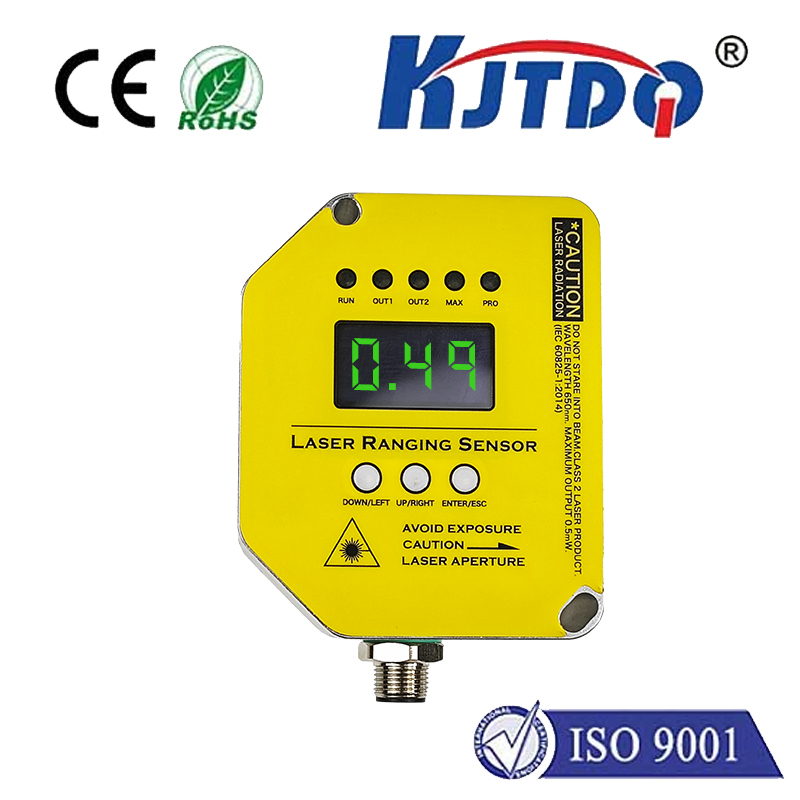In the food processing industry, ensuring the highest standards of safety and hygiene is paramount. The use of advanced technology plays a crucial role in maintaining these standards. One such technology that has gained prominence in recent years is the proximity sensor for food-grade applications. This innovative device is revolutionizing the way food processing operations are conducted, offering numerous benefits over traditional methods.
A proximity sensor is an electronic device that detects the presence or absence of an object without any physical contact. It operates based on various principles such as electromagnetic fields, inductive, capacitive, photoelectric, or ultrasonic waves. These sensors are highly sensitive and can accurately detect objects within a specific range, making them ideal for a wide range of applications.
Proximity sensors play a vital role in food processing by enhancing safety, improving efficiency, and ensuring product quality. Here’s how: 1. Ensuring Safety: Food processing involves handling raw materials, semi-finished products, and finished goods. Proximity sensors help prevent accidents by detecting the presence of objects or personnel in hazardous areas. They can trigger alarms or shut down machinery if any unauthorized object is detected, reducing the risk of injury to workers and contamination of food products. 2. Improving Efficiency: Automation is key to efficient food processing. Proximity sensors enable precise control and monitoring of various processes, such as filling, packaging, sorting, and conveying. By providing real-time data and feedback, these sensors ensure that the production line operates smoothly, minimizing downtime and maximizing output. 3. Ensuring Product Quality: Consistency in food production is crucial for maintaining product quality. Proximity sensors help achieve this by accurately controlling parameters like temperature, humidity, and pressure during different stages of processing. They also detect any abnormalities or defects in the products, allowing timely correction and ensuring that only high-quality items reach the market.

Not all proximity sensors are suitable for food processing applications. Food-grade proximity sensors are specifically designed to meet the stringent requirements of the food industry. Here are some advantages they offer: 1. Hygienic Design: Food-grade proximity sensors are made from materials that are resistant to corrosion, chemicals, and bacteria. They have a smooth surface that prevents the accumulation of food particles, making them easy to clean and maintain. 2. Accurate Detection: These sensors are capable of detecting even the smallest changes in the environment, ensuring accurate measurements and results. They can differentiate between similar objects, preventing false readings and improving the reliability of the system. 3. Compliance with Regulations: Food-grade proximity sensors comply with international standards and regulations, such as FDA (Food and Drug Administration) and EU Hygiene Standards. They undergo rigorous testing to ensure that they do not contaminate food products and are safe for use in food processing environments.
Food-grade proximity sensors find applications in a wide range of food processing operations, including:
Filling Machines: Detecting the level of liquid or powder in containers to ensure accurate filling.
Packaging Equipment: Verifying the presence of products in packaging boxes or bags before sealing.
Sorting Systems: Separating different types of food items based on size, color, or shape.
Conveyors: Monitoring the movement of food products along the production line to ensure smooth transportation.
The proximity sensor for food-grade applications is a game-changer in the food processing industry. It offers enhanced safety, improved efficiency, and ensures product quality, making it an indispensable tool for modern food production facilities. With their hygienic design, accurate detection capabilities, and compliance with regulations, food-grade proximity sensors provide a reliable solution for ensuring the highest standards of food safety and quality. As technology continues to advance, we can expect even more innovative applications of proximity sensors in the food industry, further revolutionizing the way we produce and consume food.
